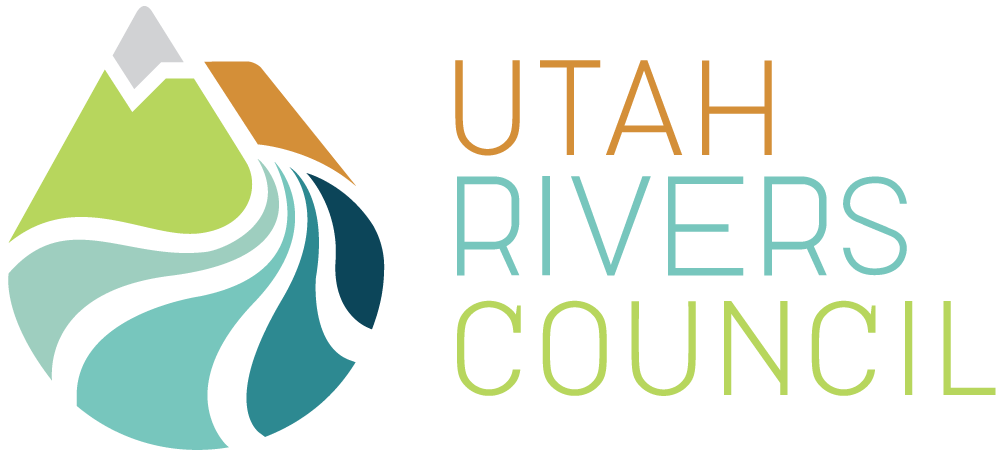The claim that Utah is running out of water is a myth. Here’s why.
Despite what Utah water project salesmen claim, the sky isn’t falling.
Scores of news stories rush to the conclusion that Utah is running out of water. It’s easy to fall for this media hype — especially when you hear that Utah’s population will double in coming decades. That argument is misleading because Utah’s total municipal water use is less than 10% of all water used in the state.
Farming and ranching accounts for about 85% of Utah’s water use, while indoor use by residents (a water need) consumes a mere 3-4%. In other words, even if our population doubled, our indoor water needs would still only amount to 6-7% of Utah’s total water use—hardly a water crisis.
The majority of water in Utah’s cities is used to water—and overwater—grass. Outdoor lawn watering in our cities by businesses, residents and government institutions accounts for 6 – 8% of Utah’s total water use. Much of this amount is considered waste because people water sidewalks, driveways and streets; water during rainstorms; turn their water on too early in the spring; or water in the heat of the day (when much of the water evaporates). This watering includes the flood irrigation of grass by canal systems which are often unmetered, meaning that some residents may dump several feet of water at a time on their grass.
By simply being smarter about how we water our lawns, it is widely estimated we could reduce outdoor water use by at least 25% without removing a single blade of grass—or diverting more water from our precious rivers and lakes.
Far from running out, Utah’s municipal water supply is actually growing.
Not only is Utah NOT running out of municipal water, the state’s municipal water supply is increasing. As Utah continues to pave its irrigated farmland (at the rate of 30 acres per day according to the American Farmland Trust), the water no longer being used to water crops can be transferred to new uses.
This growth in municipal water supply has not been reported to state decision-makers. Additionally, state legislative auditors concluded that state water planners have consistently underestimated the total amount of agricultural water available to be converted to municipal uses—presumably to justify more taxpayer spending on water development projects.
Don’t be scared into a bad idea
The simple truth is that it’s easy to scare people into spending money by claiming there is a water crisis. Yet many western communities have grown in population without increasing their total water use, a fact Utah water salesmen ignore.
Instead these water project salesmen are proposing to spend billions of taxpayer dollars on unnecessary river diversions like the proposed Lake Powell Pipeline and Bear River Project for a water crisis that doesn’t exist. These expensive and destructive water projects are bad ideas that will benefit a few water project salesmen while burdening generations of Utahns with debt—not to mention the impacts on rivers and the precious ecosystems they support.
Don’t give in to these scare tactics.
Help us keep protect our rivers and lakes.
To learn more about the bogus claims Utah is running out of Municipal Water, Check out


